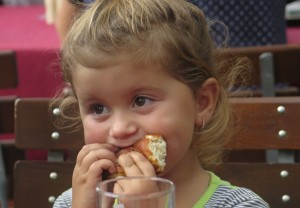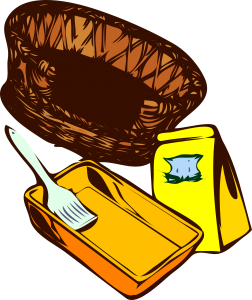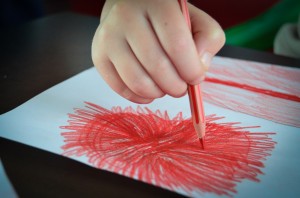Even from a very early age, teaching your children the importance of sharing is a valuable lifelong lesson. Sharing really is caring and shows friends, family and even strangers that you appreciate them and want to give what you are able to. Here are a few examples of how to show your kids to share and why it’s a wonderful lesson.
Toys
Kids can become possessive over their toys and want everything to be “mine”. Explain to your kids that by sharing, playing can be even more fun. Sharing with siblings or friends can be a great way for your child to learn more about their toys and different ways to use them. In return, their siblings and friends may share their toys with your kids, so everyone gets double (or more) the toys to play with! Encourage swapping toys your kids have grown tired of with toys their friends are no longer interested in. Another positive way to share is to donate a toy each holiday season or birthday to a shelter or toy drive for kids in need.
Clothing
Hand-me-downs are one way to share clothing, but you can make your child part of the process too. Instead of buying every trendy piece of clothing, consider taking your child with another parent with a child of the same size to go shopping together. Agree upon sharing what you buy, so you only need to purchase half what you would have otherwise. Encourage tweens and teens to raid one another’s closets and try each other’s clothing. Be sure it’s cleaned before you return. Again, the most important way to share is with those less fortunate. Take your child to a clothing drive with some items she no longer wants or is willing to give up. Seeing the gratitude on other’s faces will enforce how powerful sharing can be.
Food
Sharing food is sharing love. By sharing at mealtime, kids will learn patience and the importance of eating mindfully. Kids can share at restaurants by splitting a main dish (which is usually too big for kids anyhow). Sharing is also a good way to introduce new foods into your child’s usual diet. Kids can share snacks at lunchtime and snack time. It is fun for kids to trade ½ their sandwich so they can taste new foods. Sharing canned food with food pantries is a great lesson to teach kids about those in need and what they can do to make a difference in other’s lives.
How do you teach your child to share? Share with us. Now go ahead and share this article with someone! Read more info like this at All My Children.
By: Melissa A. Kay









